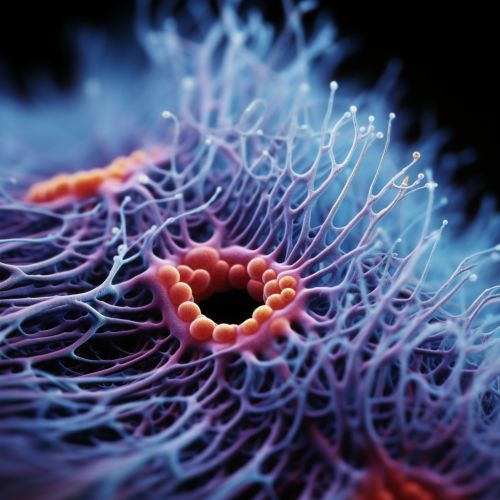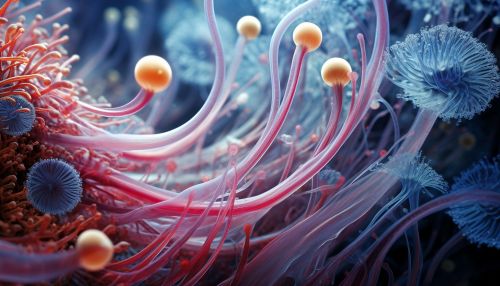Primary Ciliary Dyskinesia
Introduction
Primary Ciliary Dyskinesia (PCD) is a rare, genetically heterogeneous disorder characterized by chronic upper and lower respiratory tract disease, infertility, and a high incidence of situs inversus. The disease is caused by dysfunction of motile cilia, which are complex cellular organelles responsible for the movement of mucus and other fluids across the cell surface.


Etiology
The etiology of PCD is rooted in genetic mutations that affect the structure and function of cilia. These mutations are typically inherited in an autosomal recessive manner, meaning that an individual must inherit two copies of the defective gene, one from each parent, to develop the disease. Over 40 different genes have been associated with PCD, many of which encode proteins that are integral components of the ciliary structure.
Pathophysiology
The pathophysiology of PCD involves the disruption of normal ciliary function. Cilia are hair-like structures that line the respiratory tract, the eustachian tubes, the fallopian tubes, and other organs. They serve to move mucus and other substances across the cell surface. In PCD, the cilia are either immotile or their movement is dyskinetic, meaning it is uncoordinated or ineffective. This leads to the accumulation of mucus and other secretions, which can cause a variety of complications.
Clinical Manifestations
The clinical manifestations of PCD are diverse and can involve multiple organ systems. The most common symptoms are related to the respiratory tract and include chronic cough, recurrent sinusitis, and recurrent otitis media. These symptoms are often present from birth and can lead to the development of bronchiectasis, a condition characterized by permanent enlargement of the airways.
In addition to respiratory symptoms, individuals with PCD often have abnormalities in organ positioning. Approximately 50% of individuals with PCD have situs inversus totalis, a condition in which the internal organs are mirrored from their usual positions. This is due to the role of cilia in establishing organ laterality during embryonic development.
Infertility is another common manifestation of PCD. In men, this is due to immotile sperm, while in women, it is due to dysfunction of the cilia in the fallopian tubes, which are responsible for moving the egg from the ovary to the uterus.
Diagnosis
The diagnosis of PCD can be challenging due to the heterogeneity of the disease. It is often suspected based on the clinical presentation, particularly in individuals with chronic respiratory symptoms and situs inversus. However, definitive diagnosis requires specialized testing to assess ciliary function and structure.
The gold standard for diagnosis is electron microscopy of a ciliary biopsy, which can reveal structural abnormalities in the cilia. However, this test is not widely available and can be technically challenging. Other diagnostic methods include genetic testing, which can identify known mutations associated with PCD, and measurement of nasal nitric oxide, which is typically low in individuals with PCD.
Management
There is currently no cure for PCD, and management is focused on alleviating symptoms and preventing complications. This typically involves regular chest physiotherapy to promote clearance of mucus from the lungs, as well as aggressive treatment of respiratory infections with antibiotics. In severe cases, lung transplantation may be considered.
Infertility in individuals with PCD can often be overcome with assisted reproductive techniques. However, women with PCD who become pregnant are considered high risk due to the potential for respiratory complications.
Prognosis
The prognosis of PCD varies widely and is dependent on the severity of the disease and the presence of complications. With appropriate management, many individuals with PCD can lead normal lives. However, chronic respiratory symptoms can significantly impact quality of life, and advanced lung disease can lead to respiratory failure and premature death.
